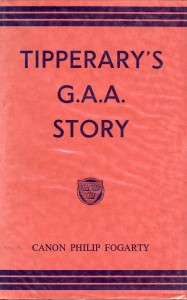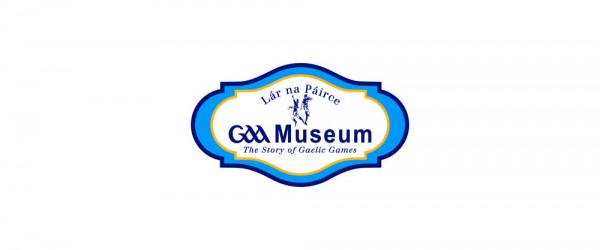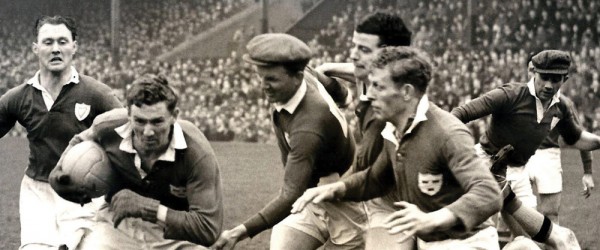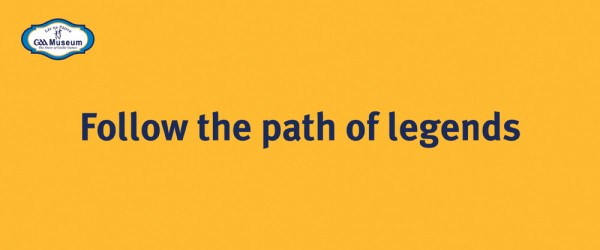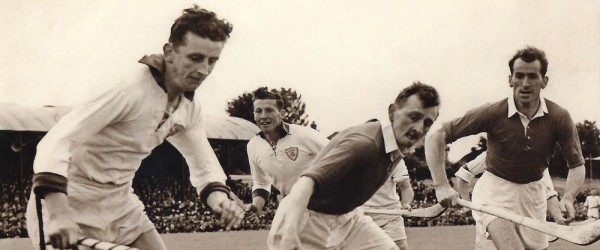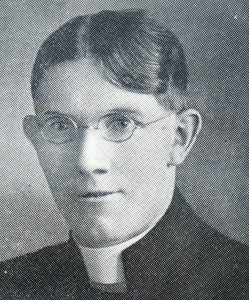No.7 Tipperary’s G.A.A. Story by Canon Philip Fogarty
Tipperary’s G.A.A. Story was published by the Tipperary Star newspaper in 1960. When it appeared the publishers advertised it as ‘The only County G.A.A. history yet published’ and it was in every sense of the term, a unique publication.
The Gaelic Athletic Association was already seventy-six years in existence but very little had been written about the story of hurling and football with the exception of the column inches that reported the games of hurling and football in the national and local newspapers. Apart from T. F. O’Sullivan’s Story of the G.A.A., which was published in 1916, and Twenty Years of the G.A.A. 1910-1930, which was subtitled ‘A History and Book of Reference for Gaels’, by Phil O’Neill, which appeared in the early ‘thirties, no attempt had been made to write a history of Gaelic games.
One might also mention Carbery’s Hurling: Ireland’s National Game, which appeared in 1940 and which Padraig O’Caoimh described in a Foreward as ‘A handbook on hurling giving some brief reference to the game’s history and significance, tracing its varying fortunes as the spirit of the Nation ebbed and flowed, with hints to players and a resume of G.A.A. activities – such a handbook has long been awaited at home and by our people overseas.’
County History
This was at a national level. Nothing had been attempted at a county level until Fogarty’s book reached the public. It should, therefore, have been a major publishing event but it was published without any major fanfare. There was no launch as such but an announcement of the appearance of the book at the County Tipperary G.A.A. convention at the end of January 1960. The book was available from the Tipperary Star or could be ordered from any bookseller. The price was 10/- and an additional 1/3 for postage or 1/6 if it was to be sent to the U.S.A.
The book told the story of the G.A.A, in the county from the foundation of the G.A.A,. in 1884 up to the fiftieth anniversary of the Association in 1934. In the Canon’s own words ‘It contained Tipperary’s contribution to the spread of the Association during the first fifty years of its existence, and it should be an inspiration to our youth of the present and coming generations to maintain that contribution to its highest level.’
Born in Holycross in 1889, Philip Fogarty was ordained in 1915, after which he spent nine years on mission in Glasgow. Returning to Ireland he served as curate in Hospital, Newport, Moycarkey and Thurles, before becoming Administrator at Thurles for a year prior to taking up his appointment as Parish Priest at Templemore in 1948. He retired from that position in 1974 and died in 1976.
Keen Historian
Fr. Fogarty was a keen historian and collected a mass of material for a history of the Archdiocese of Cashel and Emly. He was also a life-long devotee of Gaelic games. He was chairman of the Mid-Tipperary Board for twenty years and succeeded Fr. John Meagher as county chairman in 1948. He remained in the position until 1970, when he retired and became the first President of the Tipperary Board.
When he started collecting material for Tipperary’s G.A.A. Story we do not know, but once he did start he became an inveterate collector of any material that was available. He acknowledged his indebtedness to others ‘Many good friends helped to give and get a lot of the information it contains, some of which was in danger of being lost for ever. I am thankful to all and to the Press of the county for the use of their files.’
Long Expected
The book was a long time in the making. Already in the 1930s there was an expectation that it might be published. In the minutes of the West G.A.A. board for October 20, 1938 we read that one of the items considered was ‘what grant, if any’, the Board would make towards the history of the G.A.A, being compiled by Rev. P. O’Fogarty, C.C. The meeting decided to make a grant of £20.
The county convention of 1954 discussed the forthcoming publication of Canon Fogarty’s Tipperary G.A.A. Story. The delegates heard that the matter was in the hands of Mr. Myles of the Tipperary Star and a committee. They were also informed that £1,586 had been collected from a levy of the clubs and it was believed that that amount plus the proceeds from sales would be sufficient to finance the publication. It was hoped that the book would be on sale in twelve months.
The book didn’t appear and, at the 1955 convention, there was a letter from Mr. Myles regretting very much that owing to unforeseen circumstances the printing of the book wasn’t yet completed. There were difficulties about obtaining photographs and blocks and the bringing of the history up to date had also thrown back the work. Within a few months, however, he felt sure that the job should be completed.
Publication at last!
At the 1959 convention the secretary reported that an all-out effort had been made to get the book published the previous year but difficulties arose ‘over photographs and over the names of particular photographs of All-Ireland teams. These difficulties had now been overcome and it was hoped to have the book available by the end of the month.’
In actual fact the book eventually saw the light of day at some stage during 1959.. At the convention the following January Canon Fogarty was congratulated on the publication. When a delegate asked had the book cost a great deal, to publish, the secretary said about £2,000 They had collected about £1,350 for it and the rest would come from sales.
The long delay in bringing the book to publication was due to the mass of information collected by Canon Fogarty and the difficulty of reducing it to manageable proportions for publication. A number of people including Drs Russell and Morris, were involved in the editing process and when it did appear it contained 380 pages and was printed by O’Gorman Printers, Galway.
One indication of the delay is that the Foreward to the book, written by Archbishop of Cashel and Emly, Jeremiah Kinane, is dated 1st May, 1956, almost four years before publication! In the course of his remarks, Archbishop Kinane marvels ‘at the zeal and industry which have enabled him (Canon Fogarty) to accumulate and embody in his History so many facts connected with Gaelic Athletic happenings in Tipperary.’ The Archbishop was already dead by the time the book appeared!
Criticism
A criticism of Canon Fogarty’s work is that much of his material was anecdotal and indiscriminate and based on hearsay rather than verifiable fact. In his short introduction, the Canon craves the indulgence of his readers for any shortcomings in the book and excuses them on the grounds that in the early years of the Association it didn’t receive anything like the Press publicity of later years ‘and it was difficult, in some cases impossible, to get detailed or accurate information.’ The Canon also had a tendency of not wanting to omit anyone who was in any way involved in the promotion of Gaelic games at parish or at a wider level.
In fact the book is a treasure trove of information on all aspects of the games and of the people involved in the county during the first fifty years of the Association and even reaches out to Tipperary people who contributed to the development of the games among the Irish diaspora, especially in England and the U.S.A. It’s a huge monument to years of indefatigable research by Canon Fogarty and a pioneering work of immense value to anyone looking for information on any club in the county during the early years of the G.A.A.
